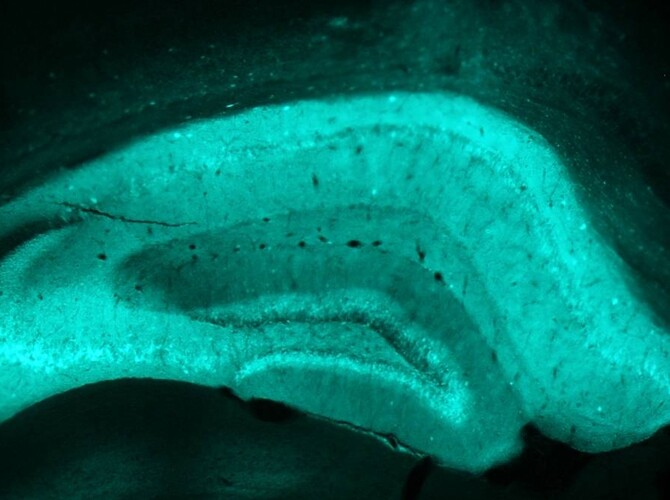Penn Researchers Pinpoint Molecular Path that Makes Antidepressants Act Quicker
The reasons behind why it often takes people several weeks to feel the effect of newly prescribed antidepressants remains somewhat of a mystery – and likely, a frustration to both patients and physicians.
Julie Blendy, PhD, professor of Pharmacology, at the Perelman School of Medicine, University of Pennsylvania; Brigitta Gunderson, PhD, a former postdoctoral fellow in the Blendy lab, and colleagues, have been working to find out why and if there is anything that can be done to shorten the time in which antidepressants kick in.
“Our goal is to find ways for antidepressants to work faster,” says Blendy.
The proteins CREB and CREM are both transcription factors, which bind to specific DNA sequences to control the “reading” of genetic information from DNA to messenger RNA (mRNA). Both CREB and CREM bind to the same 8-base-pair DNA sequence in the cell nucleus. But, the comparative influence of CREM versus CREB on the action of antidepressants is a “big unknown,” says Blendy.
CREB, and CREM to some degree, has been implicated in the pathophysiology of depression, as well as in the efficacy of antidepressants. However, whenever CREB is deleted, CREM is upregulated, further complicating the story.
Therefore, how an antidepressant works on the biochemistry and behavior in a mouse in which the CREB protein is deleted only in the hippocampus versus a wild type mouse in which CREM is overexpressed let the researchers tease out the relative influence of CREB and CREM on the pharmacology of an antidepressant. They saw the same results in each type of mouse line – increased nerve-cell generation in the hippocampus and a quicker response to the antidepressant. Their findings appear in the Journal of Neuroscience.
“This is the first demonstration of CREM within the brain playing a role in behavior, and specifically in behavioral outcomes, following antidepressant treatment,” says Blendy.
Click here to view the full release.








